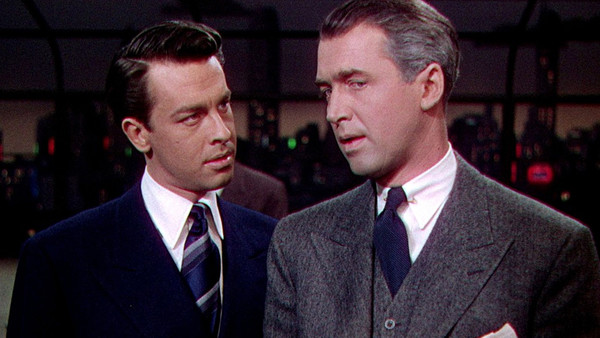10 Movies Only Directed As Experiments
7. The First Major "Single-Take" Movie - Rope

The Experiment
Though Alfred Hitchcock is best remembered for his conventionally-styled horror and thriller pictures, he decided to work totally outside the box with his experimental 1948 cult classic Rope.
Hitchcock wanted to see whether or not it was possible to seamlessly blend lengthy takes together and give the impression that the entire movie was one unbroken sequence.
And while it's a clever trick that's been immortalised by more modern movies such as Birdman, over 70 years ago it was a far more imposing technical challenge, without the benefit of digital blending to "stitch" takes together.
Rather, camera movements were precisely planned to ensure seamless joins between takes, and the cast had to learn exact cues for movement and speaking.
Furthermore, the walls of the small apartment set could even be moved to accommodate the camera's movements, while the crew had to constantly shift furniture mid-take to make room for the camera, all without making any noise during a take.
Hilariously, when one crew member had their foot run over by a camera dolly, they had to be gagged and quickly removed from the set to avoid blowing the meticulously-assembled take.
How Did It Turn Out?
At the time, critics were highly mixed on both the narrative and the technical success of Hitchcock's stylistic sleight-of-hand.
Star Jimmy Stewart wasn't much impressed either, saying, "It was worth trying - nobody but Hitch would have tried it. But it really didn't work."
In more recent decades however, the critical and audience tide has turned massively on the film, which while hardly regarded as an essential Hitchcock, is nevertheless lauded as an audacious, ahead-of-its-time experiment topped by a blackly comic plot and fine performances.
While Hitchcock was limited by the resources of his era, Rope has aged spectacularly well all things considered, and is certainly a gamble that paid off in the end.